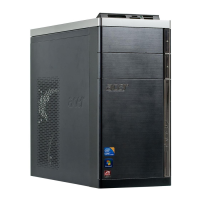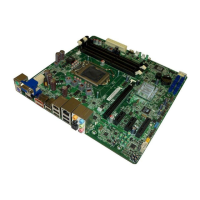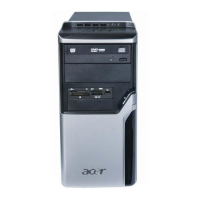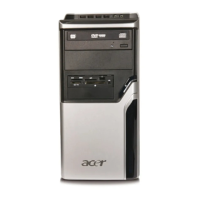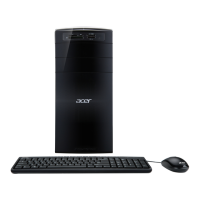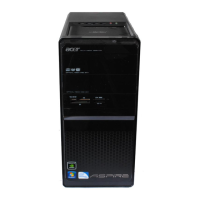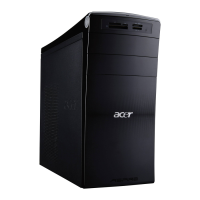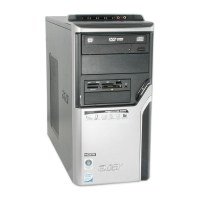What does 'S.M.A.R.T. Command Failed' mean on Acer Desktop?
- MMichael HaleAug 25, 2025
This message means the BIOS tried to send a S.M.A.R.T. message to a hard disk, but the command transaction failed. S.M.A.R.T. failure messages may indicate the need to replace the hard disk.
